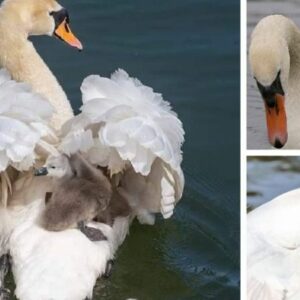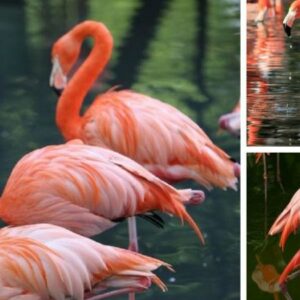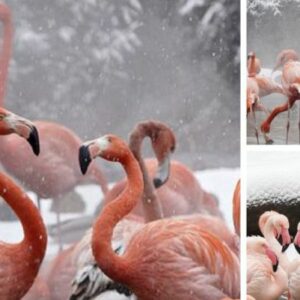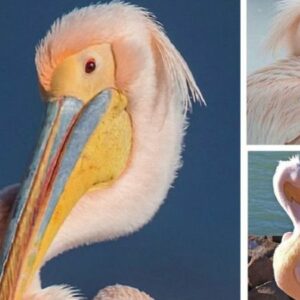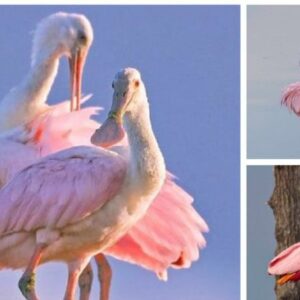A mostly olive-brown bird whose look is instantly set off by its fiery red tail and equally red beak.

JJ Harrison (https://www.jjharrison.com.au/) is licensed under CC BY-SA 3.0.
The beautiful firetail (Stagonopleura bella) measures around 10 to 13 cm (4-5 inches) in length and weighs in at around 14 grams (1/2 0z). A relatively small plump bird with mostly olive to brown plumage, the chest is white with a fine pattern of somewhat scalloped dark lines. The head sports a rather bandit-like black mask along with pale blue eye rings finished off with a bright red bill. The rump is a fiery dark red while the leaves and feet are pale pink. The wings and tail are short and round.

JJ Harrison (https://www.jjharrison.com.au/) is licensed under CC BY-SA 3.0.
Juvenile birds are less colorful than their adult counterparts. They have black beaks and a smaller facemask.
Male birds have a black abdomen.

“Beautiful Firetail (Stagonopleura bella)” by susSєxbirder is licensed under CC BY 2.0.
The beautiful fire tail can be found in southwestern Australia where it is most common in Tasmania and surrounding offshore islands.

“Beautiful Firetail – Tasmania_S4E6312” by fveronesi1 is licensed under CC BY-SA 2.0.
These birds like to live near coastal heathland, forests, and or shrubbery, not far from water.

“File:Beautiful Firetail 1 – Wentworth Falls.jpg” by JJ Harrison (https://www.jjharrison.com.au/) is licensed under CC BY-SA 4.0.
Beautiful fire tales like to dine mainly on grass seed. However, snails and small insects occasionally form part of the diet.

“Beautiful Firetail” by Mark Gillow is licensed under CC BY 2.0.
The breeding season for these birds runs from October through to January when a bottle-shaped nest is constructed from grᴀss and twigs and lined with feathers, built near ground level. This nest is built by both parents within which a clutch of 5 to 8 eggs is laid and incubated for around 20 days. Both parents also feed the chicks who leave the nest after 20 days.

“Stagonopleura bella 53064665” by Shane Walker is licensed under CC BY 4.0.
This bird is regarded as of the least concern on the IUCN in red list.

“Beautiful Firetail (Stagonopleura bella)” by lostandcold is licensed under CC BY 2.0.
